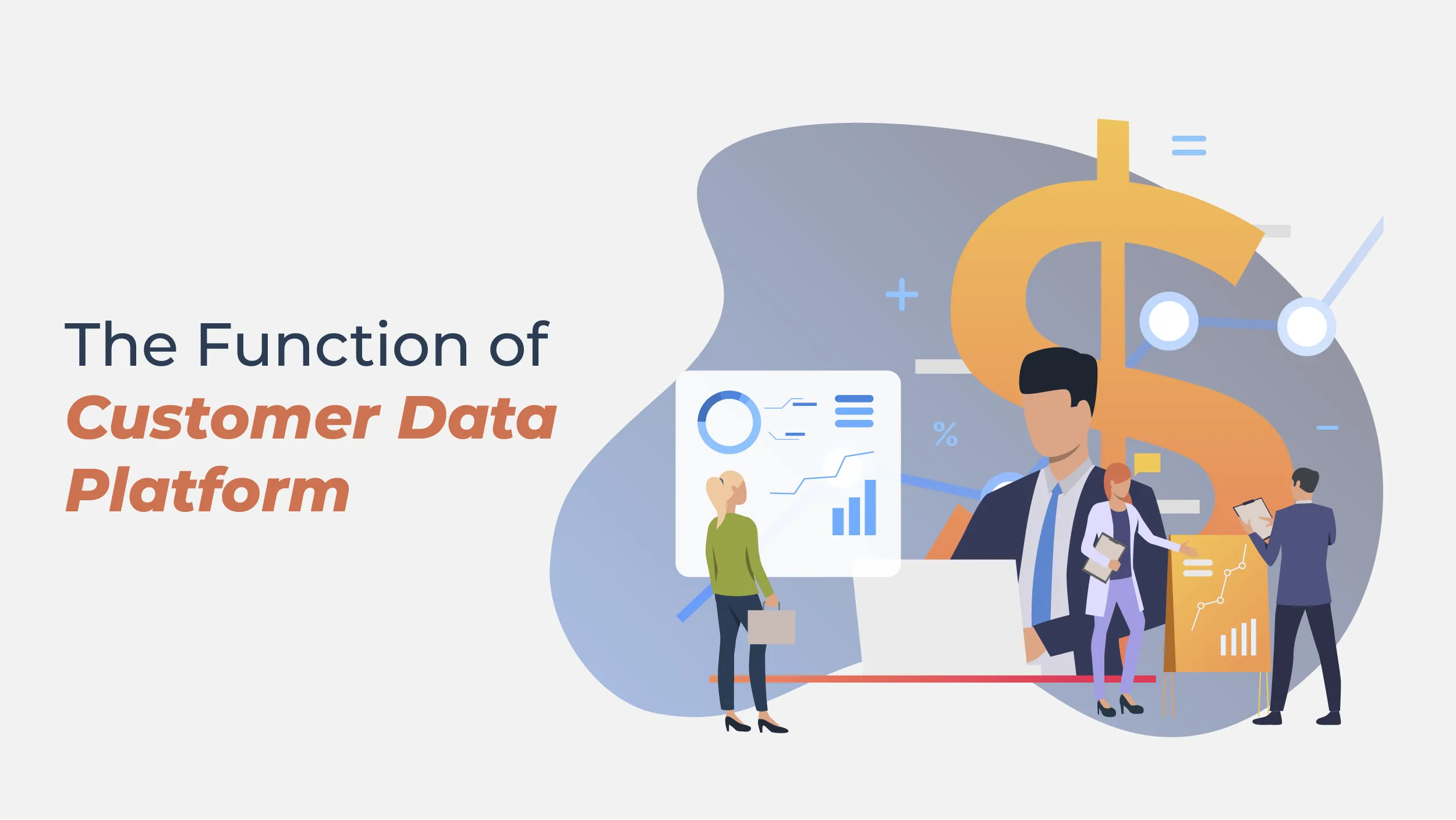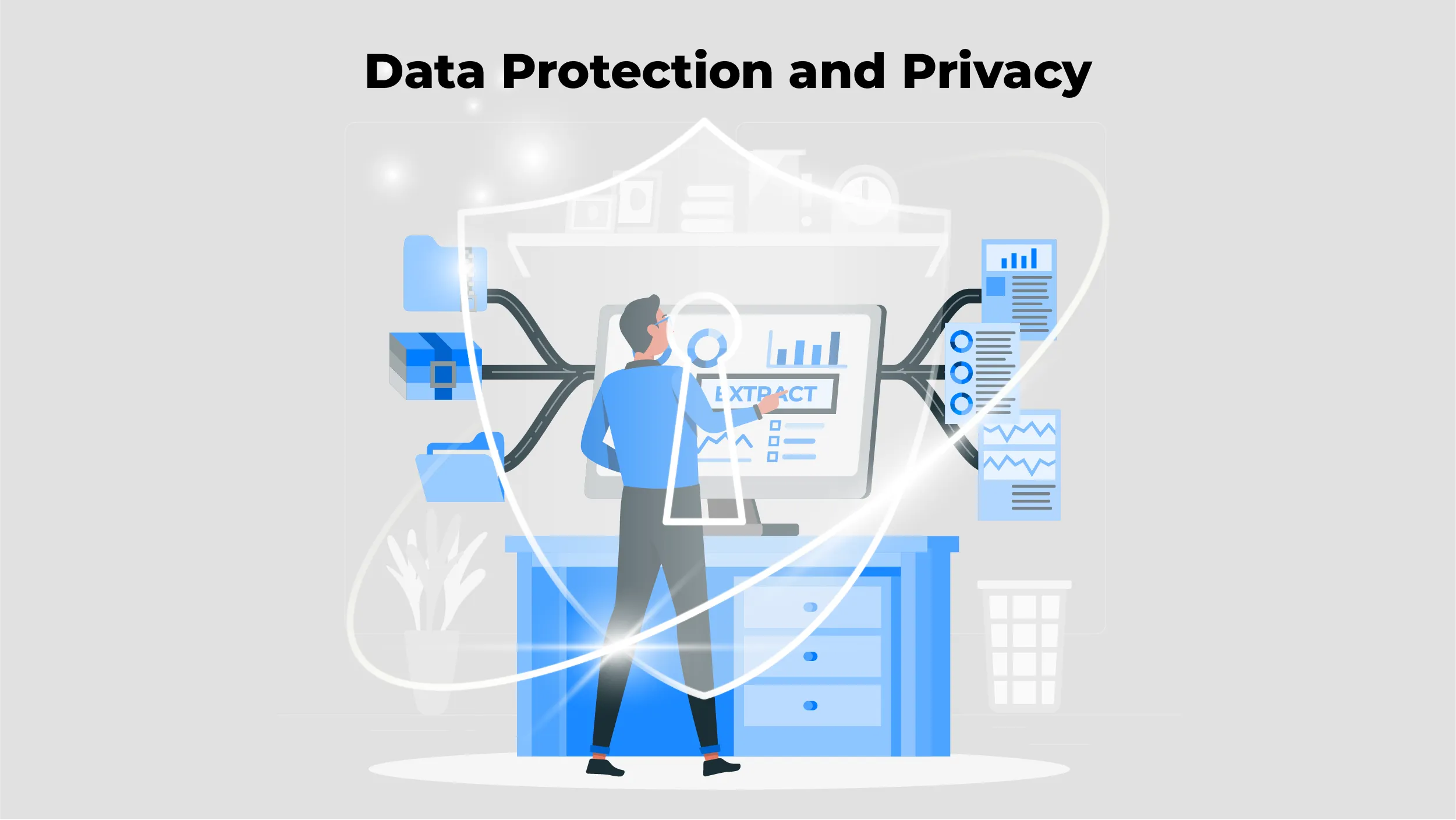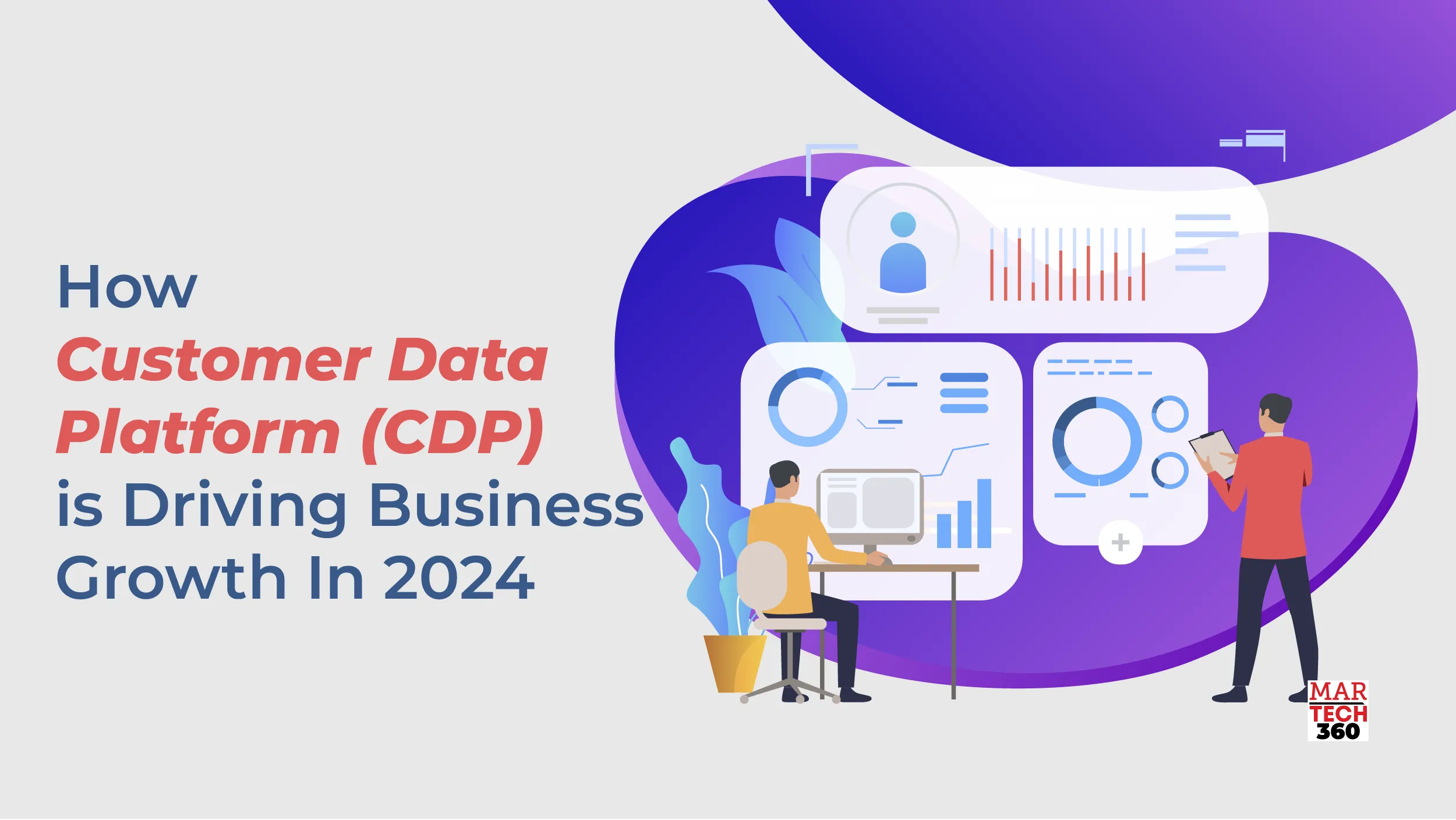Hyper-personalization is the first step to delivering an outstanding customer experience (CX). Clients today expect brands to have a good understanding of their preferences and needs.
According to a report by Gartner, the majority of clients today expect all their interactions with a company to be customized. The 2022 Gartner Customer Service and Support Survey suggests that nearly 71% of B2C and approximately 86% of B2B clients expect businesses to be well aware of their personal information during their conversations.
Customers want customized interactions, tailor-made offers, and seamless experiences from the brand. The best customer data platform (CDP) centralizes the entire customer data and enables the teams to offer personalized customer experiences. This blog will give you a definition of a customer data platform and its benefits.
What is a Customer Data Platform?
A Customer Data Platform (CDP) is software that aggregates data from numerous sources to build a single consolidated customer database with information on all touch points and interactions with your product or service. The database can then be segmented in an almost infinite number of ways in order to generate more tailored marketing efforts.
The Function of Customer Data Platform
 CDP would be used to collect data from consumer touch points such as Facebook, the firm’s website, email, and any other location where a customer might connect with the company. The CDP will collect all of these data points, combine them into a unified customer profile that is easy to comprehend, and then make that profile available to other systems that may require it, such as Facebook’s ad platform.
CDP would be used to collect data from consumer touch points such as Facebook, the firm’s website, email, and any other location where a customer might connect with the company. The CDP will collect all of these data points, combine them into a unified customer profile that is easy to comprehend, and then make that profile available to other systems that may require it, such as Facebook’s ad platform.
The organization can use segmentation to better understand its target and produce more personalized marketing efforts as a result of this process. The business may quickly construct an advertising audience based on everyone who has visited a given page on their website, as well as the live chat option. Alternatively, companies may easily categorize and view statistics on site users who have abandoned their shopping carts.
Also Read: Top Customer Communications Management Strategies to Enhance Client Relationships
The Benefits of CDP
Unified Database
Omnichannel marketing is an excellent way to contact clients wherever they are. Maintaining consistent consumer data across all touchpoints is becoming increasingly difficult as the number of channels grows. It’s a double-edged sword because companies want to meet customers at every touchpoint, but keeping those multichannel customer experiences consistent necessitates well-organized customer data.
A CDP ties all of these channels together to create a single customer database. A CDP can collect data footprints left by customers throughout your organization’s channels and maintain them all in one place.
AI-powered personalization
AI-powered customer data platforms use historical and real-time data to offer marketers all the information they need to determine the who, what, where, when, and how of tailored consumer engagement.
Personalization powered by AI is a useful marketing tool for a variety of reasons. While AI can be used to find upsell chances for relevant customers, it can also be used to forecast and identify clients who are unlikely to convert. Excluding uninterested or inappropriate clients from campaigns in order to focus on higher-value customers saves time and money while also preventing these customers from getting unnecessary or “out of touch” communications that contribute to churn.
Data protection and privacy
 Building and retaining consumer trust has never been more crucial for companies, especially in light of the constant threat of data breaches and the implementation of GDPR and CCPA. By centralizing data – drawing together data sources, establishing complete and up-to-date customer profiles, and making those profiles available in real-time – CDPs enable organizations to comply with existing and new data protection and privacy legislation. This unified strategy not only protects you and your customers from potential dangers but also allows businesses to conduct a data audit fast and efficiently if and when needed.
Building and retaining consumer trust has never been more crucial for companies, especially in light of the constant threat of data breaches and the implementation of GDPR and CCPA. By centralizing data – drawing together data sources, establishing complete and up-to-date customer profiles, and making those profiles available in real-time – CDPs enable organizations to comply with existing and new data protection and privacy legislation. This unified strategy not only protects you and your customers from potential dangers but also allows businesses to conduct a data audit fast and efficiently if and when needed.
Eliminating data silos
This is when the customer data platform shows its true power. The CDP transforms haphazard, fragmented collections of names, email addresses, and purchase history into valuable, actionable data that updates dynamically in real-time by breaking down data silos.
Duplicate profiles that have an impact on relevancy and analytics are removed, allowing the customer data platform to create a 360-degree customer view and perform accurate data analysis, segmentation, and decision-making in order to deliver the types of personalized experiences that turn customers into brand advocates.
Operational efficiency
CDPs save time and money by integrating seamlessly with current tech stacks, reducing setup costs, and reducing reliance on IT staff. The CDP allows marketers to focus on generating next-level campaigns and experiences, while IT teams can focus on tracking, constructing, and optimizing new data science models, thanks to the democratization of customer data.
Adopt a Customer Data Platform For Enhanced CX
There are multiple best customer data platform providers that offer their tools to enterprises, which helps them to make intelligent decisions to improve the customer experience. Business decision-makers should consider their CX needs and integrate a customer data platform based on their requirement. Adopting the best CDP has become the need of the hour for business owners to engage their clients effectively.


Comments are closed.